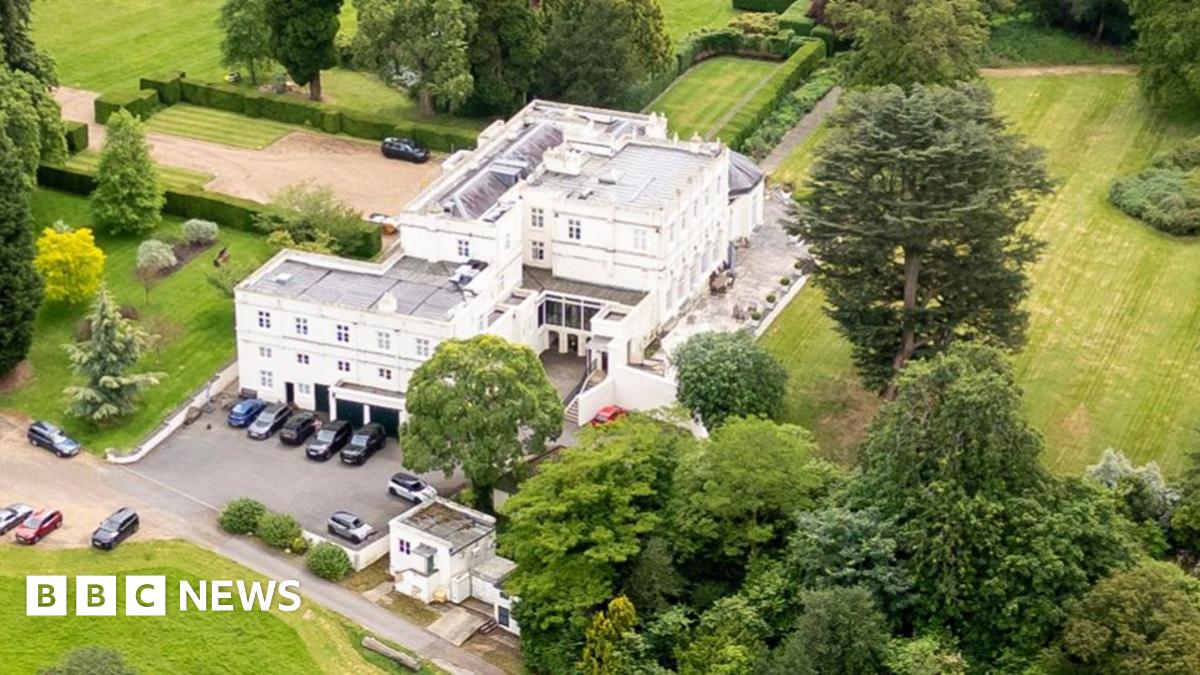More details have emerged about how Prince Andrew can afford his sprawling 30-room Windsor mansion, in a lease agreement which has been revealed.
The arrangement means he has only ever paid a token annual rent on Royal Lodge, and even that might not be required under his deal with the Crown Estate, a document seen by BBC News confirms.
The deal meant that instead of paying annual rent, Prince Andrew made large lump sum payments up-front, including for renovations.
In effect, those payments – which totalled around £8m – meant he was buying himself out of future rent obligations for the duration of the 75-year lease.
Details about Prince Andrew’s living arrangements have been scrutinised as controversy continues over his connections to sex offender Jeffrey Epstein, a scandal which has been reignited by new sexual abuse allegations contained in Virginia Giuffre’s posthumously-published memoir.
While Prince Andrew has always strenuously denied abusing Ms Giuffre, fresh questions have been asked in recent days about how he is able to fund his lifestyle despite not being a working royal.
Prince Andrew, who gave up titles including the Duke of York last week, signed the lease agreement on his home in 2003 with his landlord, the Crown Estate, which operates as an independent property company.
The Grade II-listed Royal Lodge on the Windsor estate boasts a gardener’s cottage, a Chapel Lodge, six-bedroom cottage and security accommodation.
Prince Andrew’s rent is described as a “peppercorn”, which means a small sum such as £1, which can be paid every year on a long lease, as part of a legal arrangement between a tenant and the landlord. Or in his case there was no payment at all.
It’s not about making a profit but is a symbolic payment, in this case from Prince Andrew to the Crown Estate.

